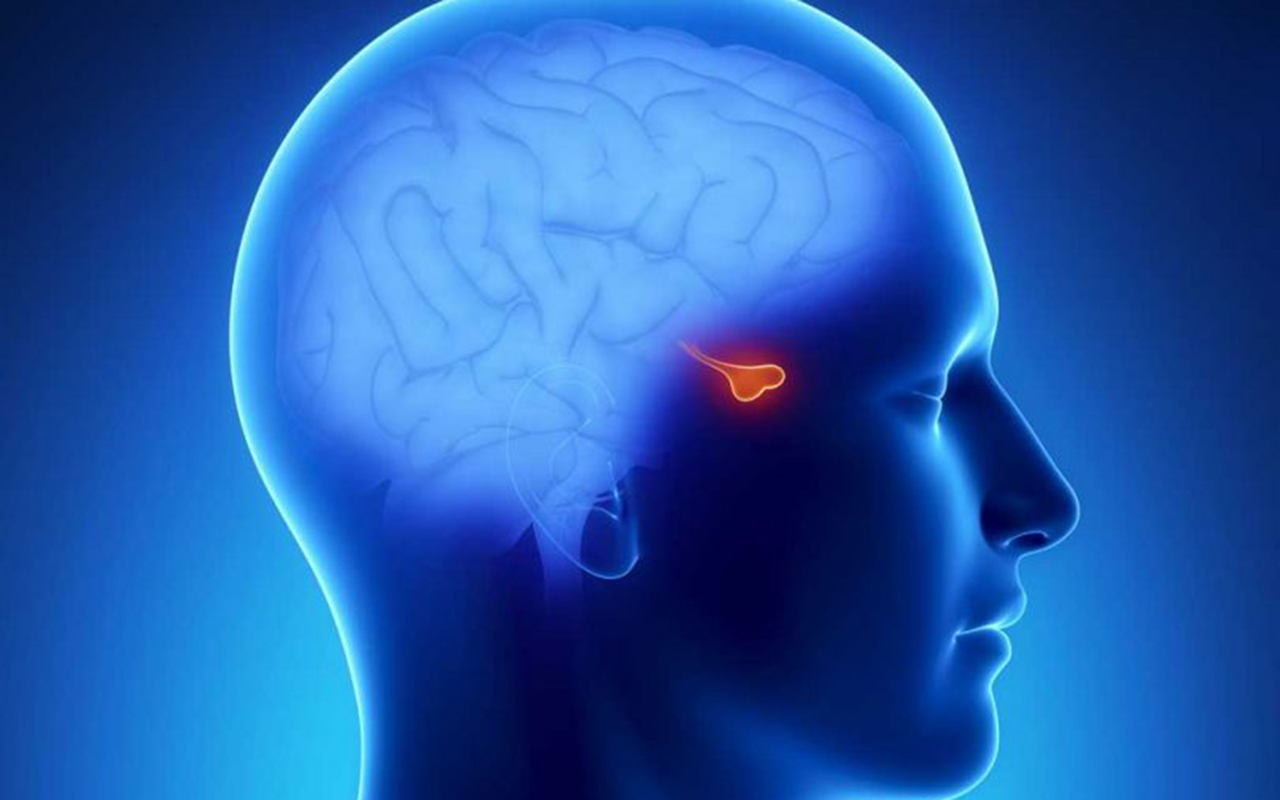


Pituitary adenomas are tumors that originate from the cells of the pituitary gland, typically benign. The pituitary gland is a crucial organ that regulates hormone production in the body, and therefore, adenomas can lead to hormonal imbalances and symptoms due to pressure on adjacent tissues.
Classification
Based on Hormone Production:
Functional Adenomas: Secrete excessive hormones.
Prolactinoma: Produces prolactin.
Acromegaly/Gigantism: Produces growth hormone.
Cushing's Disease: Secretes corticotropin (ACTH).
Thyrotropin Adenoma: Produces TSH (rare).
Nonfunctional Adenomas: Do not produce hormones; typically cause symptoms related to their size.
Based on Size:
Microadenomas: Smaller than 10 mm.
Macroadenomas: Larger than 10 mm.
Symptoms
Symptoms Due to Hormonal Excess:
Prolactinoma: Irregular periods, infertility, loss of libido in men, milk production from the nipples.
Excess Growth Hormone:
Gigantism in children: Excessive growth in height.
Acromegaly in adults: Growth of hands, feet, and face.
Excess ACTH: Symptoms of Cushing's disease due to increased cortisol (obesity, round face, muscle weakness).
Symptoms Due to Tumor Growth:
Vision loss or blurriness (pressure on the optic nerves).
Headaches.
Insufficient secretion of other pituitary hormones (hypopituitarism).
Diagnostic Methods
Laboratory Tests:
Measurement of hormone levels in blood and urine.
Imaging:
MRI (Magnetic Resonance Imaging): Assesses the size of the adenoma and its relation to surrounding structures.
CT (Computed Tomography): Used in addition to MRI.
Treatment
Medical Treatment:
Prolactinomas: Dopamine agonists (e.g., bromocriptine, cabergoline).
Hormone production can be reduced or controlled.
Surgical Treatment:
The tumor is typically removed via endoscopic transsphenoidal surgery.
Preferred in macroadenomas or in cases where hormonal production cannot be controlled with medical treatment.
Radiotherapy:
Used for tumors not amenable to surgery or for residual tumor tissue after surgery.
Hormone Replacement:
To replace deficient hormones.
Prognosis
Microadenomas generally have a good prognosis and can be controlled with medical treatment.
Macroadenomas recovery depends on the size of the tumor and the damage to surrounding tissues.
Early diagnosis and treatment are essential to prevent complications.